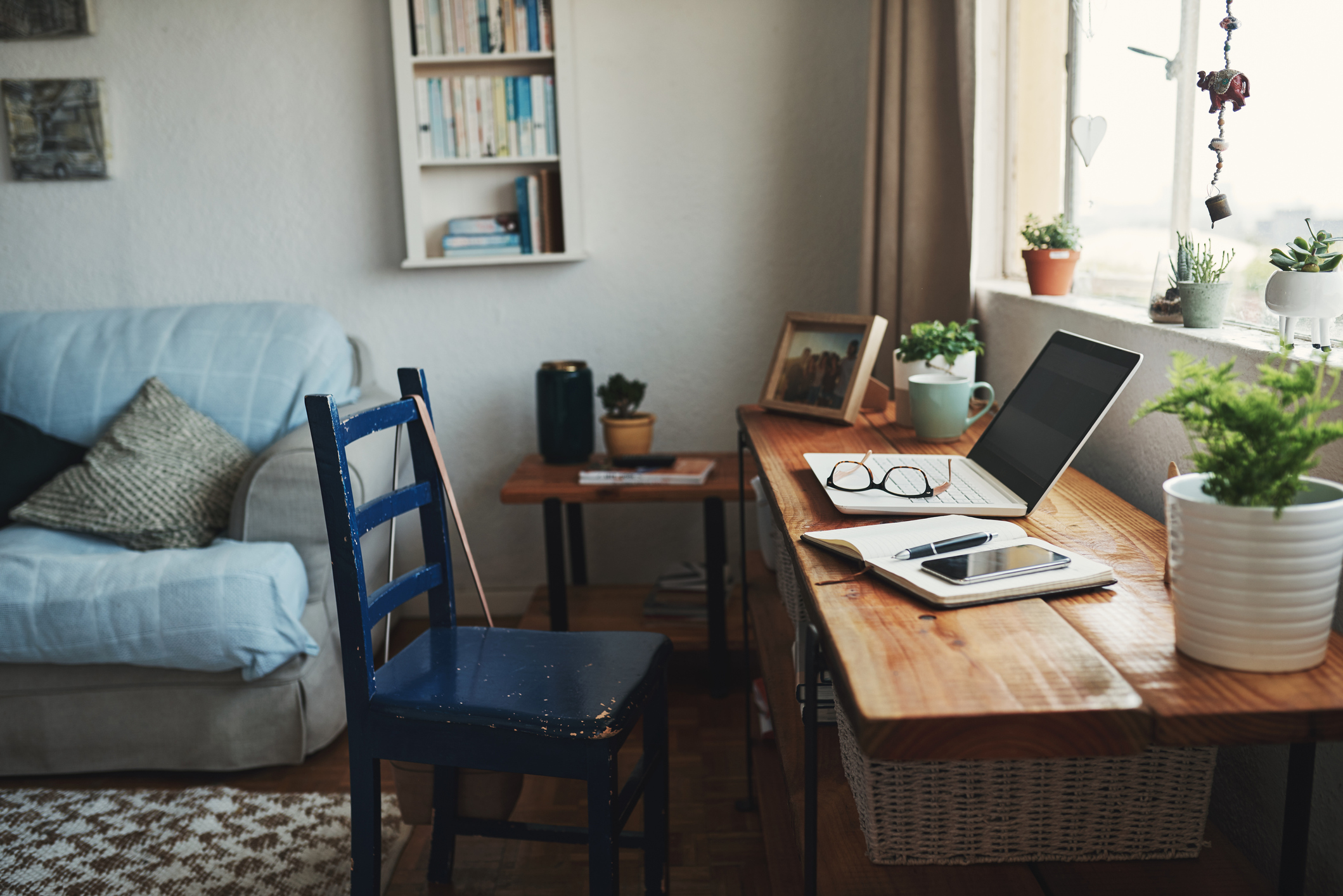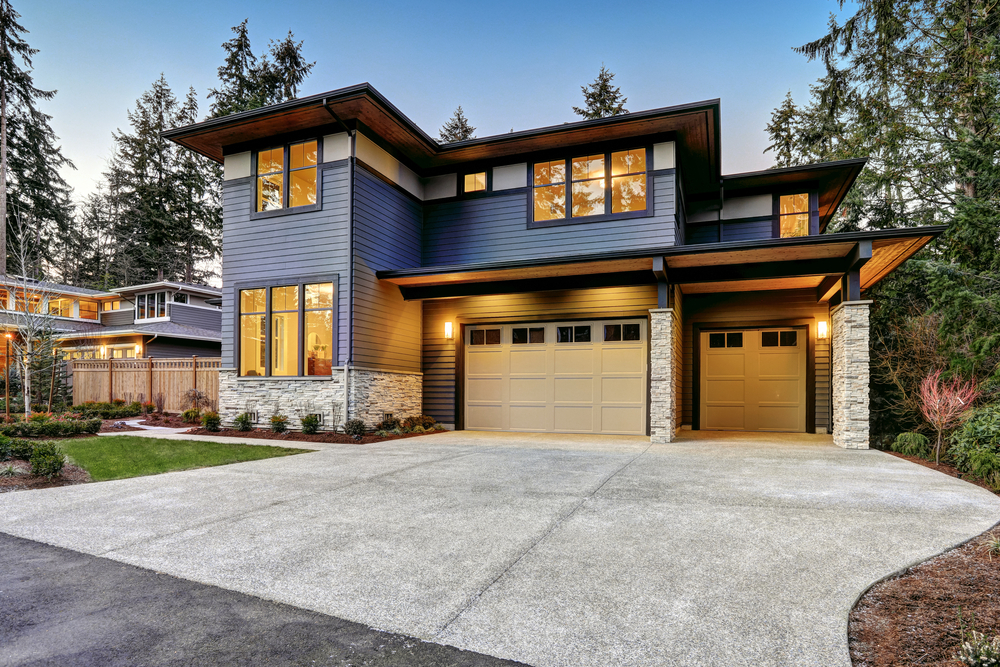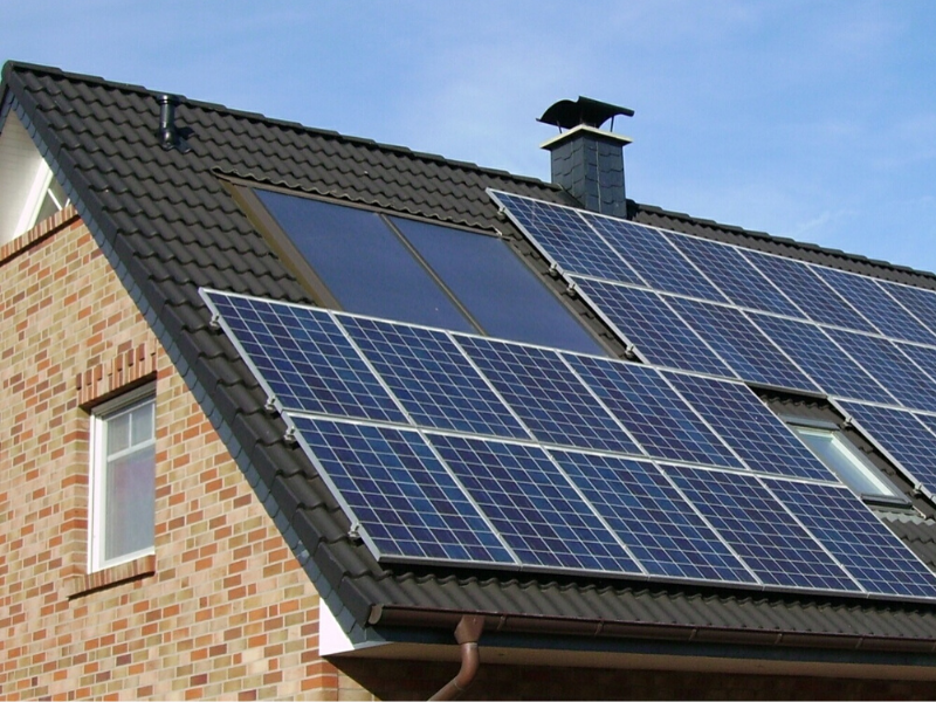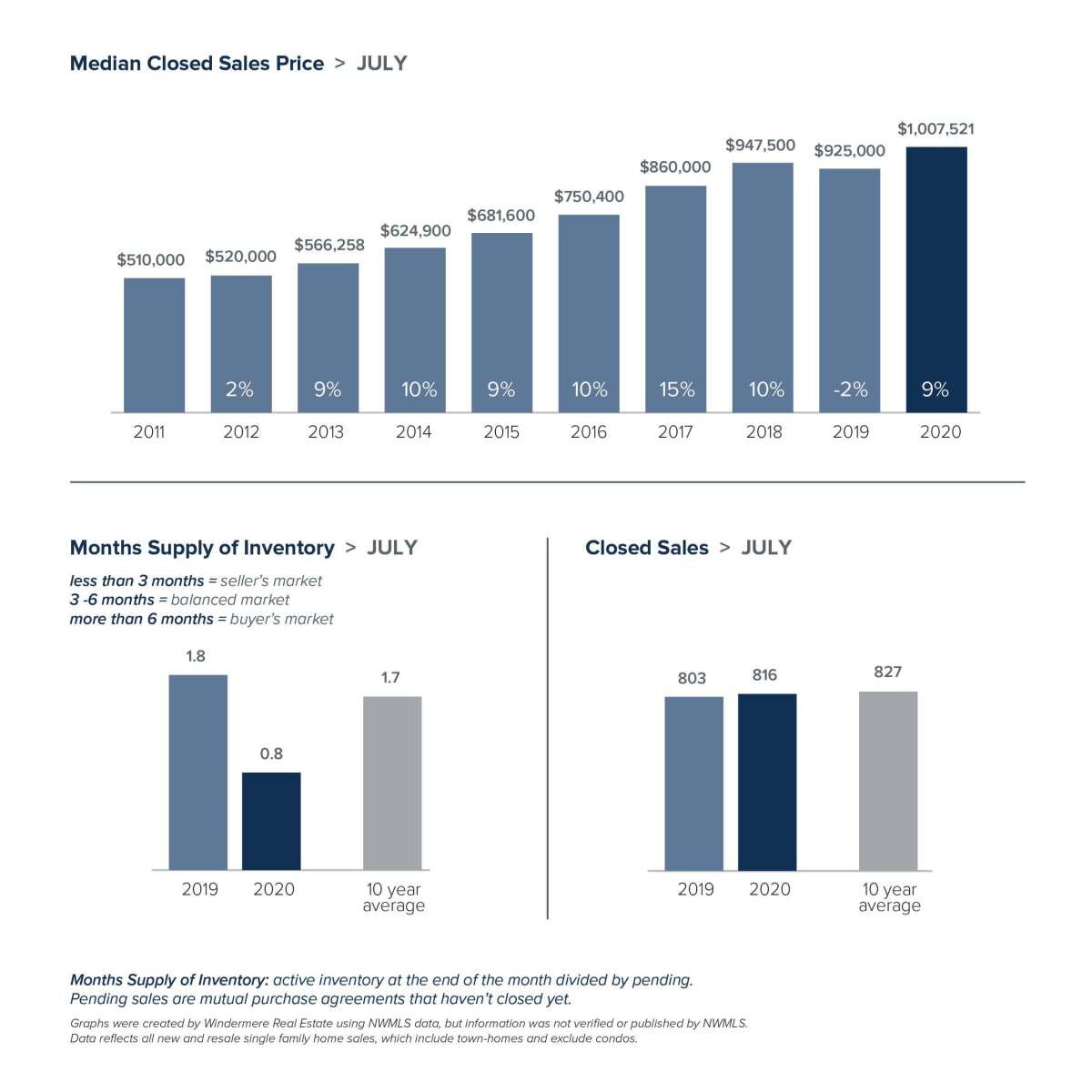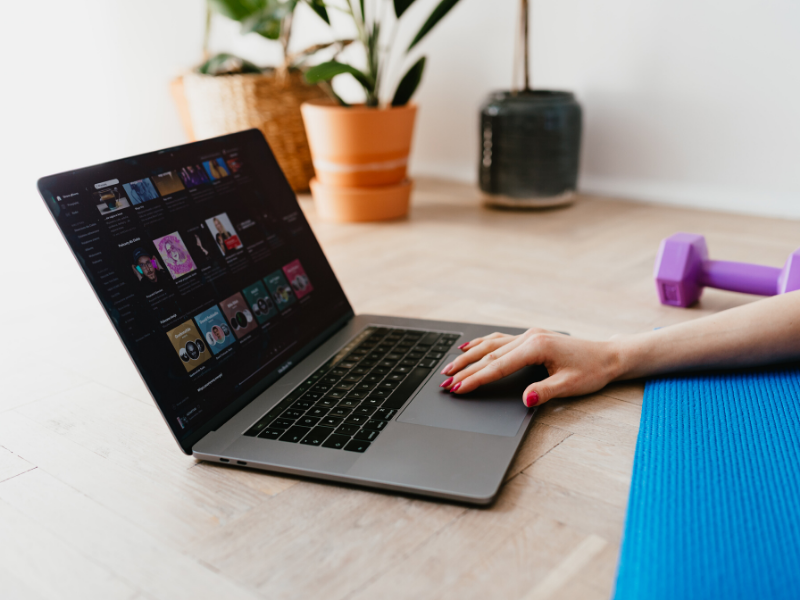With COVID-related economic stressors mounting for those in the local hospitality and tourism industries among other impacted sectors, many area residents are wondering about the sustainability of their current rent or mortgage. In conjunction with this, mortgage brokers are experiencing a deluge of refinance applications for homeowners looking to lower their monthly overhead and take advantage of the pandemic’s preposterously low interest rates.
“It’s an interesting environment, with uncertain times causing people to seek opportunities to save money,” said Michael Press, a loan officer with Penrith Home Loans based out of Windermere’s Ballard office. “Borrowers are being cautious overall,” he observed, “and they’re seeking the lowest possible monthly payment.” By refinancing at historic rates, Press said, “many people are going to improve their situations.”
One of the oddities of COVID-19 is that while it has put many on their heels, it also seems to have motivated some Seattle-area homeowners to consider purchasing a second home outside the city. As remote work and online schooling have been the new reality for many area residents, some are looking to set up shop away from the city while they can. This has led to a trend that has affected Seattle-area real estate professionals. We spoke to a few leaders within the Windermere network about what they’re seeing in the second home market.
“This has been an unusual summer for sure,” said Patrick Chinn, owner and principal broker of Windermere Midtown’s six in-city offices. “On the one hand we have this massive economic upheaval legitimately impacting the livelihoods of many people in our region,” he observed. “COVID has put them in a hard place and we are doing everything we can to help prevent more housing insecurity in our region.”
“At the same time,” Chinn continued, “about 30% of my brokers have received requests from their clients to talk about a second home purchase.” He noted that areas within an hour and a half to two hours from Seattle — such as Suncadia, Seabrook and the islands (Whidbey, Camano and the San Juans) — are in buyers’ sights right now. “Every week I’m handling agent referral requests in these areas,” Chinn said.
D’Ann Jackson, manager of Windermere’s Bellevue office, said her brokers are assisting buyers in the same Washington hot spots. She pointed to the current popularity of the second-home markets that Chinn spotlighted — Seabrook, Suncadia and Island County.
“With folks not traveling on planes this summer,” Jackson commented, “some want to have a vacation spot they can drive to, and these markets all fit that.” She added that low interest rates may also be encouraging “people with the means and motivation to look into buying a vacation home.”
Penrith’s Michael Press agrees. “We are definitely seeing an uptick in people looking for second homes,” he observed. “At the same time that many people are seeking space and solitude, record-low rates are helping to make second homes more affordable.”
Larry Johnson, general manager of Windermere’s West Seattle office, is seeing movement to both the beach and the mountains. “Buyers are pursuing areas that allow for more open space, scenic views and access to water,” he observed. “They’re looking in Long Beach, Ocean Shores, Hood Canal, the islands, Winthrop, Mazama, Leavenworth, Cle Elem and Lake Chelan, to name a few.”
Johnson noted that with the added interest from buyers, some of these markets are getting quite competitive. “They are starting to heat up and brokers are experiencing multiple offers,” he said. “I suspect that we will continue to see this type of activity for months to come.”
Exactly how long this trend will last is the question.
“Time will tell,” D’Ann Jackson commented. “Someday in the future we’ll be back to a little more normal,” she said. “But for now and the immediate future people are being affected in ways we’ve not seen before, and they’re exploring their options for living, space and location.”
Noting that it comes with some privilege, Jackson understands the logic of her brokers’ clients who are looking at vacation homes. “They’re probably thinking ‘If I have to work from home, I might as well be somewhere I really want to be,’” she said. “And some of them have the economic latitude to make that happen.”
 Facebook
Facebook
 Twitter
Twitter
 Pinterest
Pinterest
 Copy Link
Copy Link
